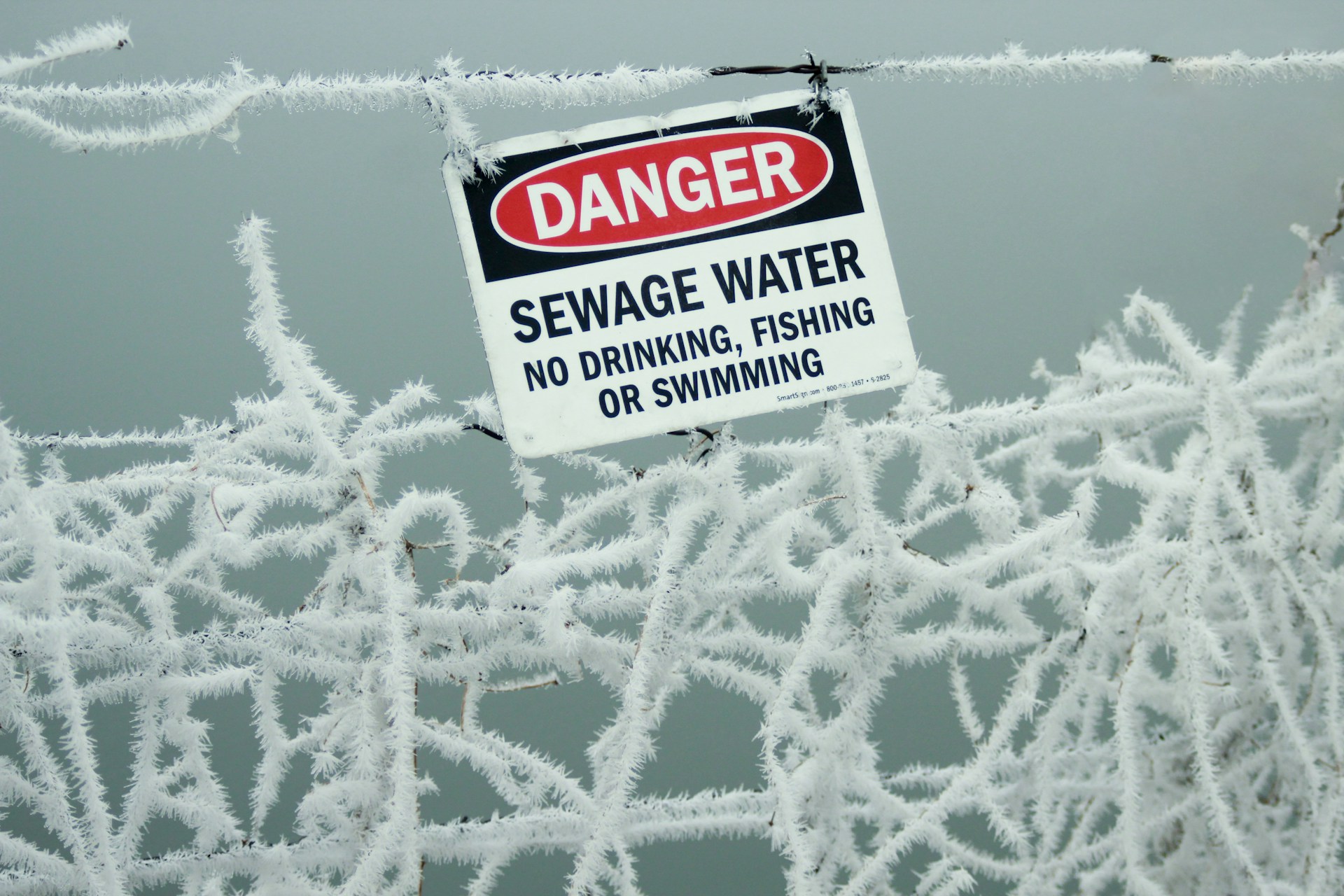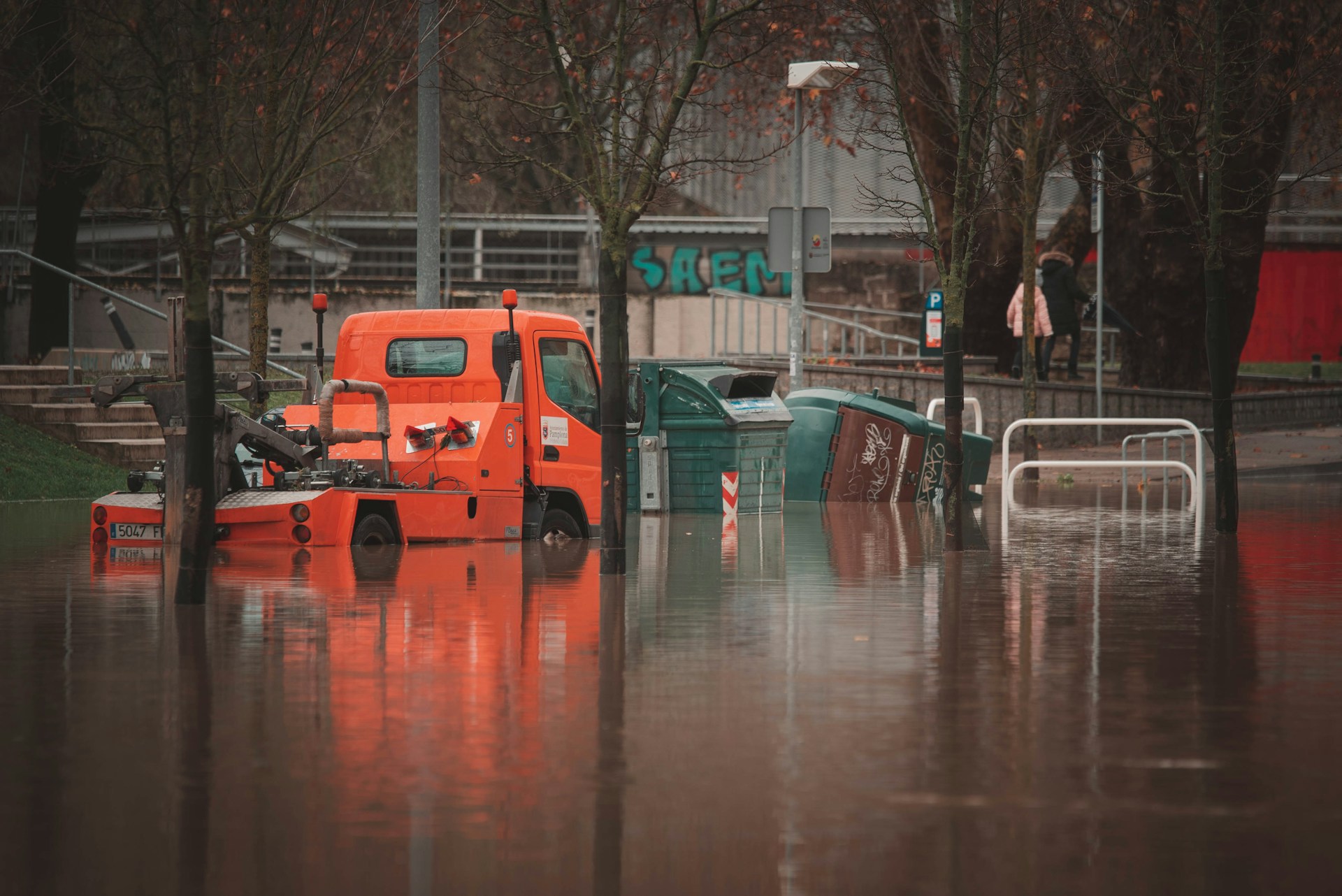



Worsening precipitation and stormwater runoff have placed undue pressure on urban water management. Nationwide, combined sewers are the norm. Yet, they’ve led to significant ecological damage and a widespread public health crisis.
Many municipalities are exploring separate sewer systems as they grapple with overflow and increasing pollution. But what are the pros and cons of adopting these modern sewer modalities, and are these systems indeed the right approach to building resilient and adaptive cities?
Combined sewers make up most of the United States’ water management systems. However, these outdated pipes have created a major health dilemma for 700 communities, exposing people, ecosystems and wildlife to hazardous substances, bacteria and debris.
In a combined sewer system, wastewater and stormwater are channeled through the same pipes. Without rain, the deluge flows to a wastewater treatment facility to undergo cleaning before discharge. Unfortunately, rainy weather overwhelms the system, causing outflows of untreated water into local aquatic ecosystems and neighborhoods.
The outflows are known to cause toxic algae blooms that close beaches and parks, harm aquatic species and terrestrial wildlife, decrease oxygen levels in waterbodies and cause several health problems in people.
Separate water systems are technically a much more environmentally friendly alternative to traditional sewage pipes. In a separate sewer, wastewater flows separately from stormwater to the treatment facility, while the other pipe carries the stormwater to the nearest river, lake or other waterbody.
Ultimately, these separate networks aim to minimize the pollution loads and their adverse effects, improve water quality and flood control, and allow for water reuse.

While separate sewer networks have advantages, there are some caveats. For one thing, the costs of transitioning from conventional pipes to individual lines are exceptionally high. The U.S. Environmental Protection Agency (EPA) estimated that $67.2 billion is needed for investments in separate sewer systems over the next two decades.
These extensive upgrades also require significant land use changes and distinct infrastructure. Likewise, densely populated urban areas make retrofitting stormwater networks especially hard and may disturb communities. Cities could also face legal challenges regarding existing land use and development.
System inefficiencies and compliance issues are other potential problems municipalities face when implementing separate sewers. Water departments must address cross-contamination between the two lines and mitigate groundwater pollution. These systems must also meet environmental regulatory guidelines, requiring expensive maintenance and upgrades.
Of course, doing nothing is not an option. Cities must contemplate whether their existing water management infrastructure can handle the increasing pressures from extreme precipitation and snowmelt. Urban population growth is another consideration — what harm does combined sewer overflows have on residents, including drinking water contamination and risk of infection?

Several U.S. cities have begun implementing separate sewer systems to abate toxic runoff and wastewater throughout communities. Some locations have been more successful than others, but they serve as an example of what others can achieve. Three case studies depict how cities have adopted and benefited from alternative urban water management systems.
Portland, Oregon, is no stranger to comprehensive resilience planning to meet environmental and weather-related impacts head-on. In recent years, the city has made strides in improving its sustainability and adaptiveness to ease the effects of climate change.
In its efforts to ramp up green infrastructure, Portland has started upgrading its 2,500 miles of pipes and 100 pump stations, which serve over 600,000 residents and businesses. According to the city government, Portland’s newer systems capture and filter 2.3 billion gallons of stormwater annually.
In particular, the East Side Big Pipe has successfully captured combined sewage, preventing 94% of contaminated overflows to the Willamette River and 99% of overflows in the Columbia Slough. The project took 20 years to complete and required an investment of $1.4 billion.
The Philadephia Water Department oversees 3,000 miles of sewer lines, half combined sewers and the other half separate. In its separate sewer system, one pipe carries water to city streams while the other carries it to a wastewater treatment facility.
From there, the wastewater undergoes extensive processes, including a preliminary treatment to remove debris, a primary treatment to remove other solids and a secondary treatment to eliminate biological and chemical waste. The EPA requires water management plants to remove 85% of the suspended solids before the water flows to the final sedimentation tank — Philadelphia prides itself on even cleaner effluent charges.
Advancements in water treatment processes could lead to more sustainable methods for pollutant extraction. For instance, air-stripping to eliminate nitrogen from wastewater emits five to 10 times fewer greenhouse gases than regular methods and could improve a city’s green infrastructure.

The City of Chicago has endured severe ecological damage from stormwater runoff due to its outdated combined sewers. In September 2022, a 100-year rainstorm flooded basements with murky overflows — a mix of sewage, industrial waste, pesticides and other contaminants — and left cars stranded on roadways. One person even died from electrocution.
Of course, the primary risk of flooded homes is moisture — the perfect condition for mold and mildew growth. As a result, residents are at risk of asthma, respiratory issues, infections, and eye, skin and throat irritations. Unfortunately, these 100-year storms now appear more frequently, demanding a modern approach to water management to mitigate impacts.
In 2023, the City Council began mulling over a $858,878 contract in the Chicago suburb of Aurora to transition its combined sewers to separate sewer systems. The new project will prevent stormwater overflows from infiltrating the Fox River. Before the proposal, the EPA issued several notices about contamination in the Fox River, even as recently as 2021, when trichloroethylene was discovered in public drinking water.
Separate sewer systems give hope for more resilient water management in urban areas as harrowing rain events saturate major cities and create ecological and human health crises. Although these newer lines present challenges and financial strains for municipalities across America, they are worth the investment for ramping up green infrastructure and safeguarding citizens and the environment from wastewater streams.


This site uses Akismet to reduce spam. Learn how your comment data is processed.